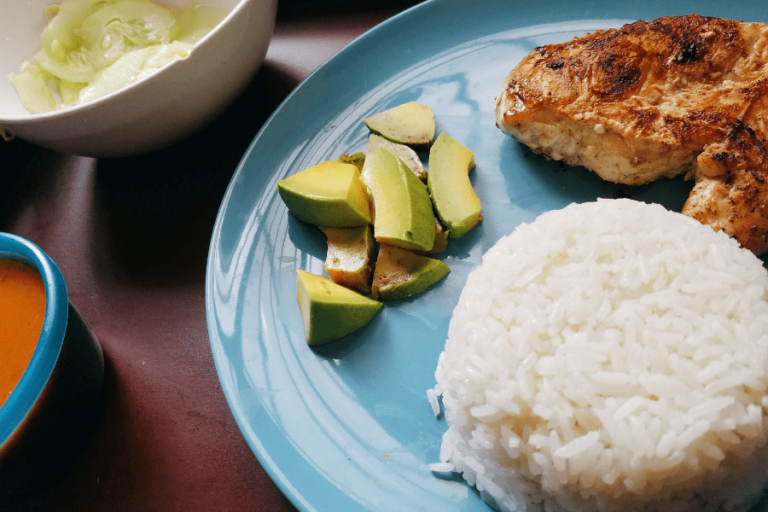Introduction: Dominican Cuisine and Condiments
Dominican cuisine is a unique blend of African, Spanish, and indigenous Taino influences, resulting in a rich and flavorful culinary tradition. At the heart of Dominican cooking are a variety of condiments and sauces that add depth and complexity to dishes. From the staple seasoning blend of Adobo to the tangy Mojo sauce, the following recommendations will help you add authentic Dominican flavor to your cooking.
Adobo: The Staple Seasoning Blend of Dominican Cooking
Adobo is the most commonly used seasoning blend in Dominican cooking. It is made by combining garlic powder, onion powder, oregano, salt, and black pepper. Adobo can be used to season meats, poultry, fish, and vegetables, and is often used as a base for other sauces and marinades. It is an essential ingredient in dishes like Pollo Guisado (stewed chicken), Carne Guisada (stewed beef), and Chicharrón (pork cracklings).
Sazón: A Popular Condiment for Authentic Dominican Flavor
Sazón is another popular seasoning blend in Dominican cuisine. It is made by combining garlic powder, onion powder, cumin, and annatto (achiote) powder. Annatto powder gives Sazón its distinctive orange color and slightly nutty flavor. Sazón is used to season a wide variety of dishes, from rice and beans to soups and stews. It is also an essential ingredient in dishes like Arroz con Pollo (chicken and rice) and Tostones (fried plantains).
Sofrito: The Versatile Sauce that Enhances Any Dish
Sofrito is a versatile sauce made from a blend of onions, peppers, garlic, and sometimes tomatoes. It is used as a base for many stews, soups, and rice dishes, and adds a depth of flavor to any dish. Sofrito can be made ahead of time and stored in the refrigerator or freezer for easy use. It is an essential ingredient in dishes like Pescado con Coco (fish in coconut sauce) and Habichuelas con Dulce (sweet cream of beans).
Mojo: A Tangy, Garlic-Based Sauce for Meat and Seafood
Mojo is a tangy garlic-based sauce that is used to marinate and flavor meats and seafood. It is made from a combination of garlic, lime juice, olive oil, and sometimes cilantro or other herbs. Mojo is often used to marinate pork, chicken, and fish, and can also be used as a dipping sauce. It is an essential ingredient in dishes like Lechón Asado (roasted pork) and Camarones al Ajillo (garlic shrimp).
Chimichurri: A Herbaceous Sauce for Grilled Meats and Vegetables
Chimichurri is a herbaceous sauce made from a blend of parsley, oregano, garlic, vinegar, and olive oil. It is a popular condiment for grilled meats and vegetables, and is often used as a dipping sauce. Chimichurri is an essential ingredient in dishes like Churrasco (grilled steak) and Grilled Vegetables.
Guacamole: A Creamy, Avocado-Based Dip for Snacks and Entrees
Guacamole is a creamy, avocado-based dip that is perfect for snacking or as an accompaniment to entrees. It is made by mashing ripe avocados with lime juice, tomato, onion, and cilantro. Guacamole is often served with tortilla chips or as a topping for tacos or burritos.
Tostones Dip: A Zesty Sauce for Fried Plantain Chips
Tostones Dip is a zesty sauce made from a combination of garlic, lime juice, olive oil, and cilantro. It is the perfect accompaniment to fried plantain chips, which are a popular snack in Dominican cuisine. Tostones Dip can also be used as a marinade or dipping sauce for meats and seafood. It is an essential ingredient in dishes like Tostones Rellenos (stuffed plantain chips).

